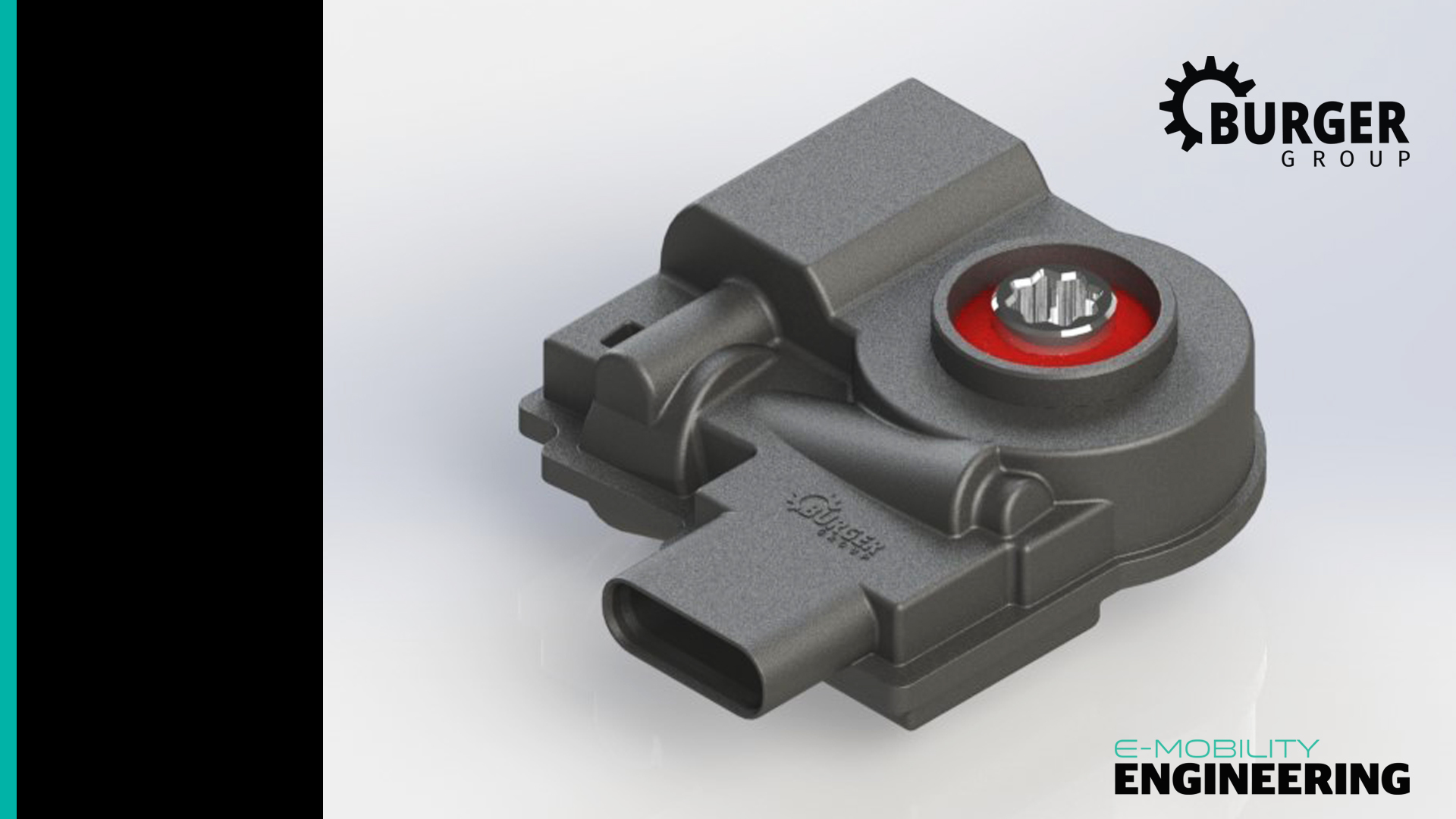Automotive products developer BURGER GROUP has developed a range of electromechanical valve actuators for tackling the specific requirements of controlling active thermal management systems in vehicles (writes Rory Jackson).
Stefan Schäfer, the company’s business development manager, says, "I've been working in thermal management for about 10 years now. Based on trends I've seen in the industry, EV OEMs are moving towards these kinds of modules for coolant, refrigerant or both. They are being engineered with a rising count of valves for delivering fluid to critical points of thermal concern, be it in battery packs, power electronics, HVACs and so on.
“COTS actuators are too limited and lack adjustability in terms of torque to work in these new kinds of thermal management module, especially as their designs are going from having three or four ports per valve to upwards of five and six, with more ports meaning bigger, heavier rotation bodies mounted to the valves. Tesla for instance has an eight port-per-valve module now, and Nio is using a nine-port valve."
New automotive standards also aim to forbid the use of PTFE, which many COTS actuators might still integrate in their case seals. The Burger Group has therefore optimised four actuator products to work without PTFE seals and provide the torque densities necessary for managing high numbers of fluid ports.
These come in standardised form factors and performance ratings, although the various parts inside each one can be chosen to customise the unit for specific customer requirements, for example by selecting the DC motor inside each actuator for the necessary torque, choosing the gearbox materials to meet a specified lifespan, or reshaping the housing to create a drop-in replacement for a different actuator.
"Most thermal management actuators use gears made from polyoxymethylene, but we can also use polyetheretherketone – which is more expensive but has a longer lifespan – as well as stainless steels, aluminiums and others," Schäfer says.
"We can also use different methods of position sensing depending on lifespan and integrity requirements, such as Hall effect sensors with a magnet in the gear output shaft for readings accurate to ±1º."
Its HTDC and HTBL actuators are new products developed from blank sheets for new thermal management requirements. Also included in the range are its EVO and FS (Failsafe) actuators, which the company is now customising for torque and other parameters.
Original article:
Burger Group launches actuators for thermal management -
E-Mobility Engineering - Click here for the original: (emobility-engineering.com)
